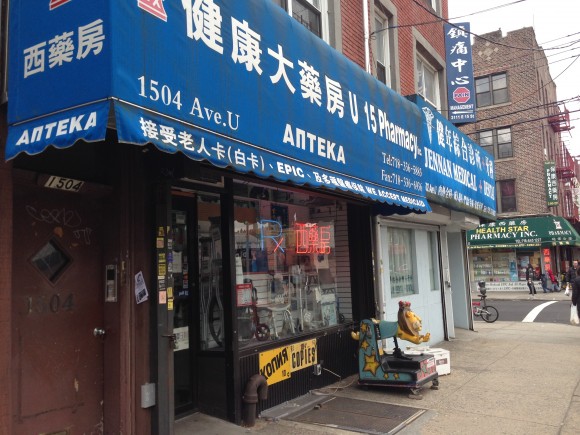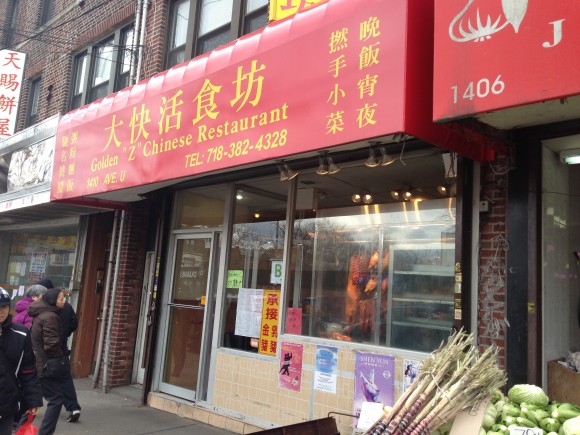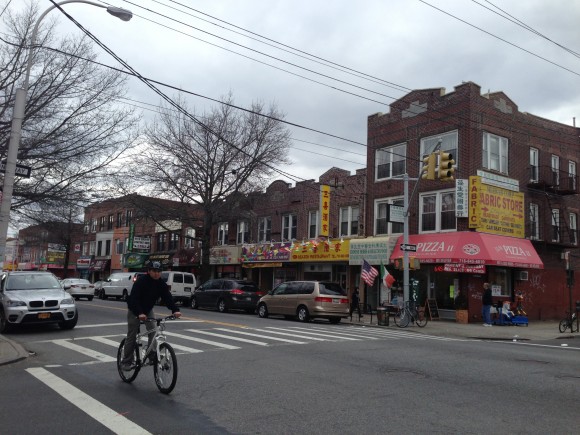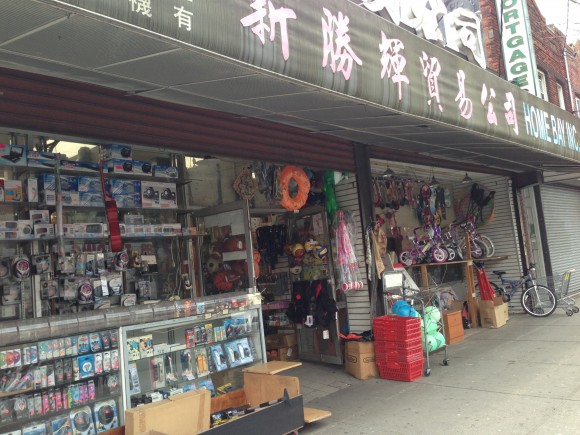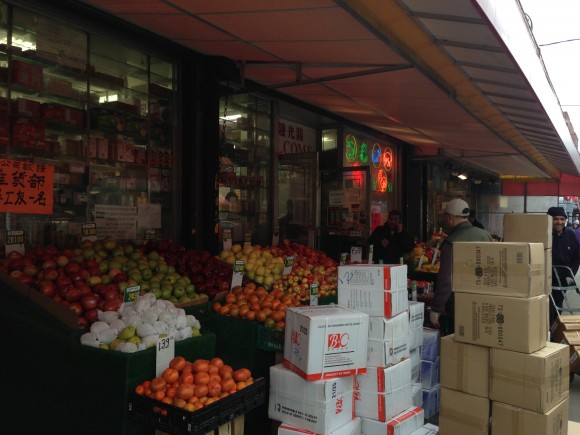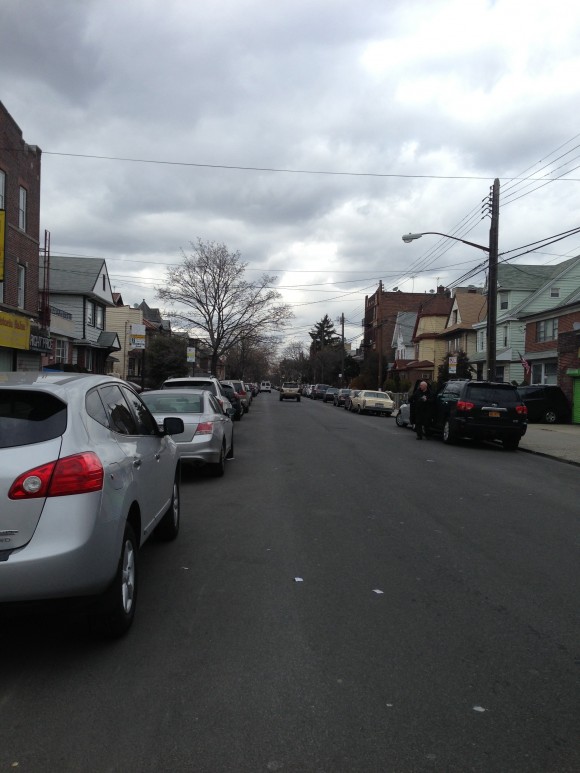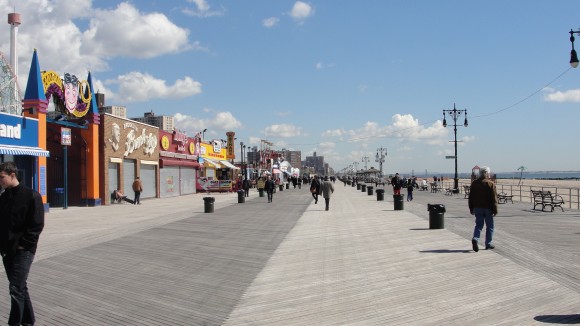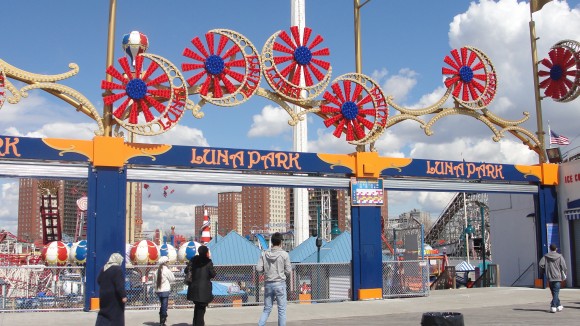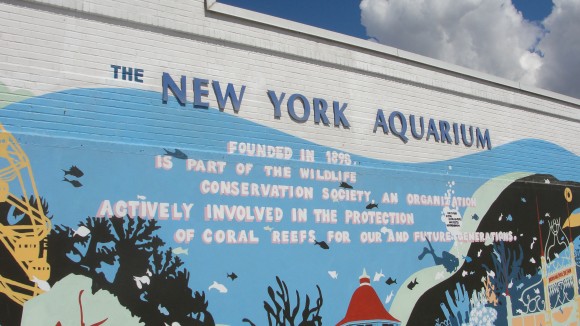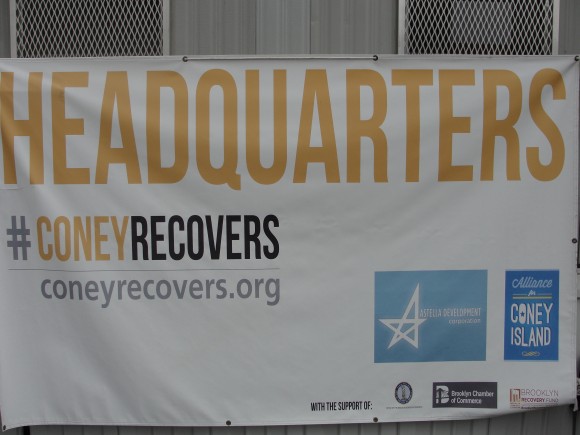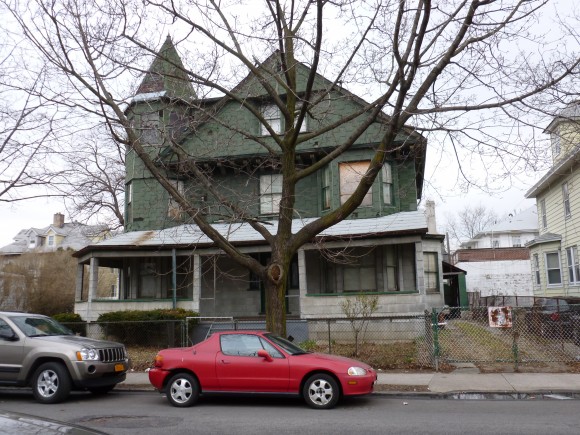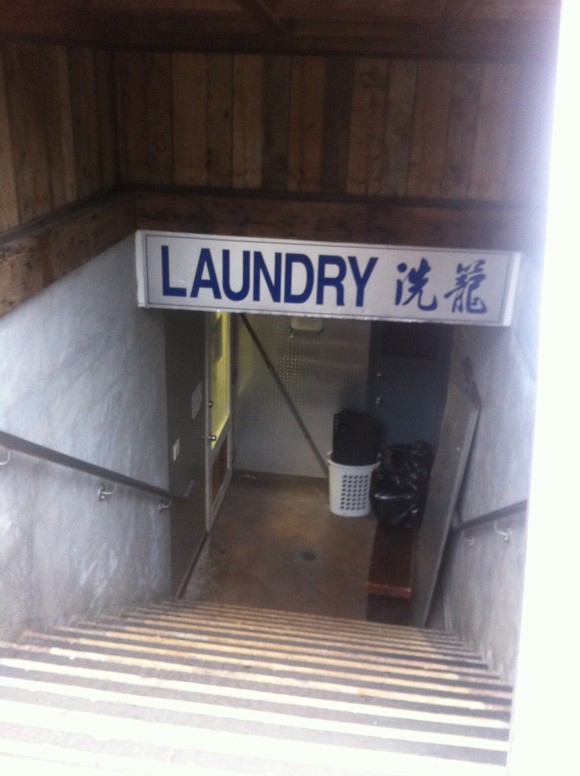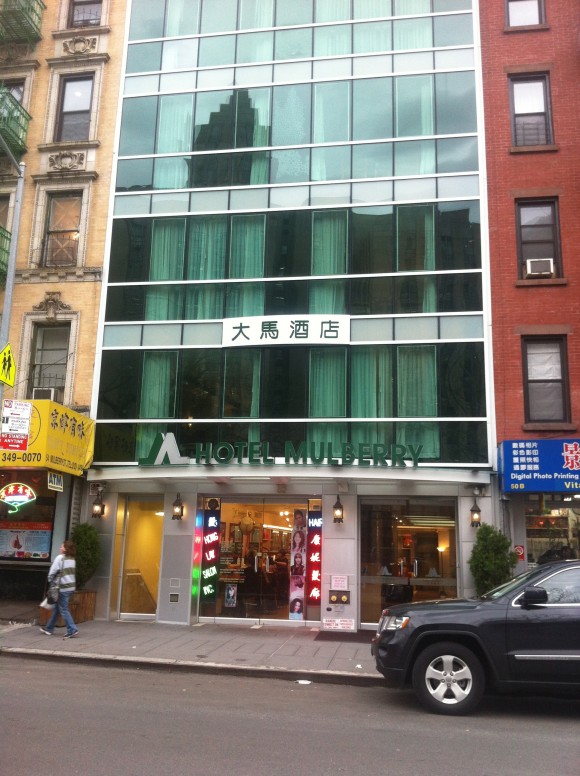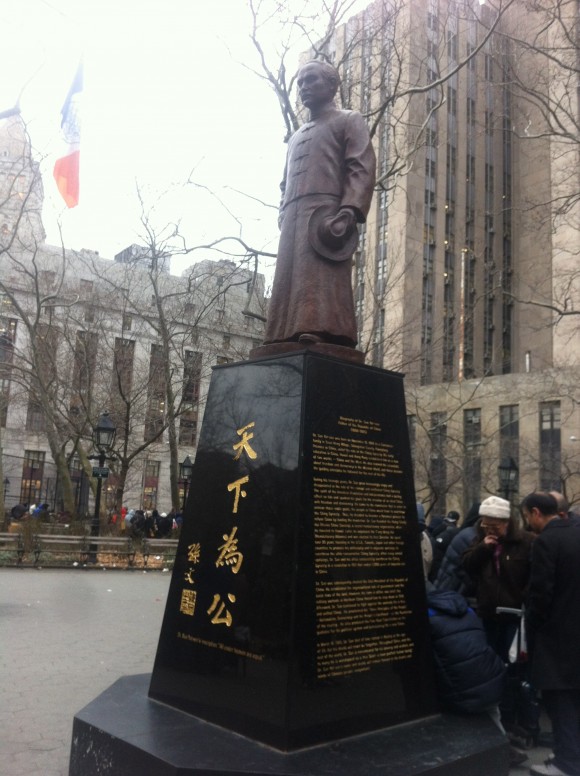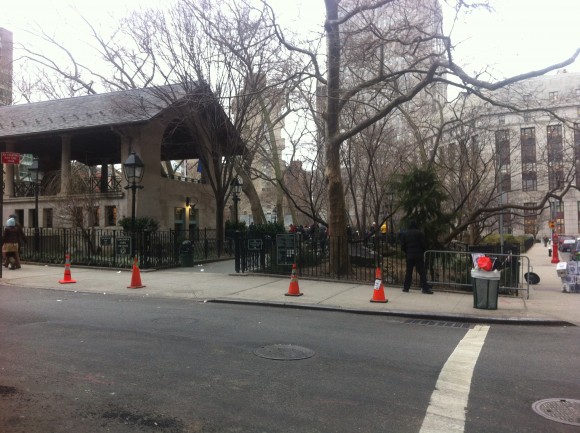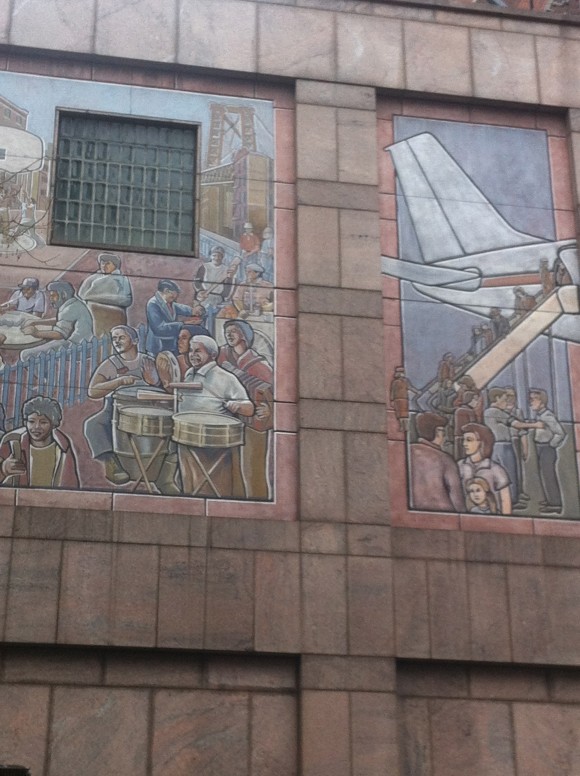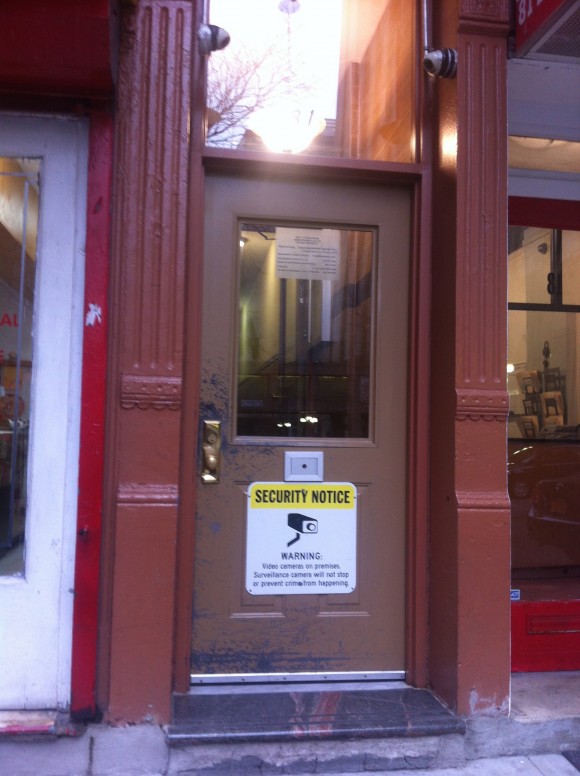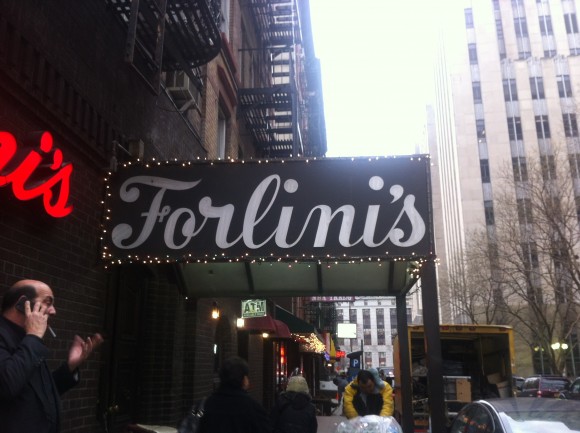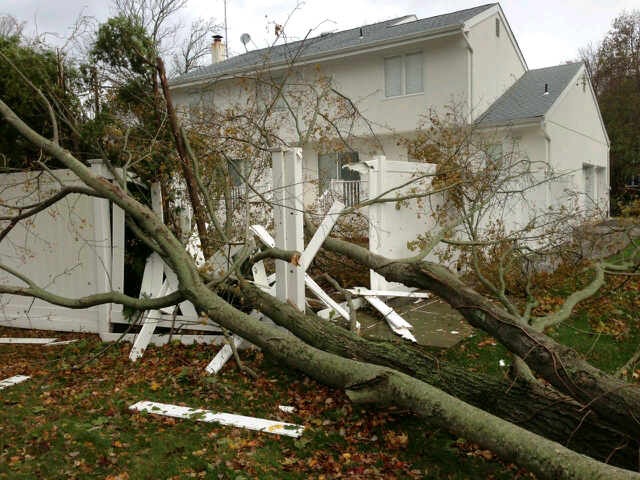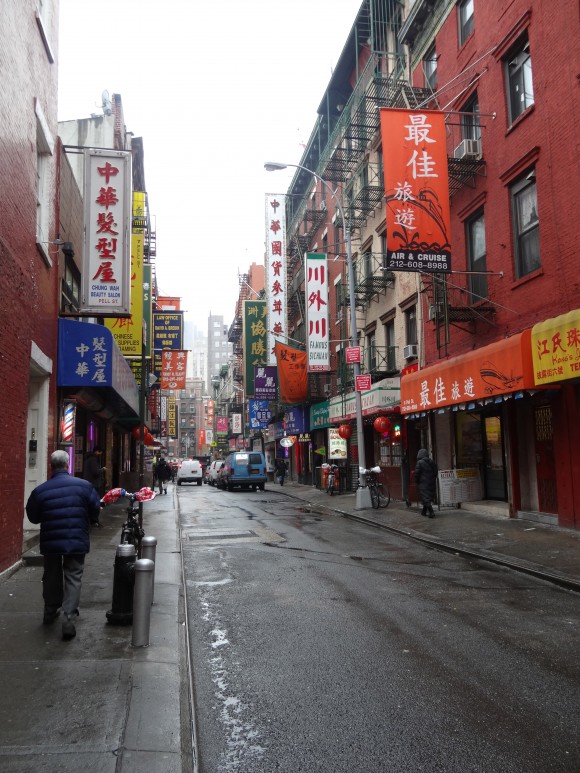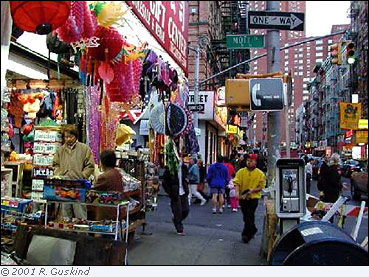While researching Manhattan Chinatown and the effects of Hurricane Sandy, I came across many pictures, articles, and blogs that sought to narrate the story of the aftermath that these NYC residents were facing.
1) Heinemann, Katja. “Chinatown Blackout- A Community Rallies After Hurricane Sandy.” Web log post. Katja Heinemann-Photographer. N.p., 4 Nov. 2012. Web. 18 Feb. 2013. <http://katjaheinemann.com/news/2012/11/chinatown-blackout-–-a-community- rallies-after-hurricane-sandy/>.
The first was a photography blog by Katja Heinemann entitled, “Chinatown Blackout- A community rallies after Hurricane Sandy”. The photographer decided to chronicle the struggles that Chinatown residents had to face during the 4 days of the blackout that occurred during and after Hurricane Sandy. There are amazing shots that capture the limitation of resources, the abandoned stores, the need and long wait for help, people trying to get information, police officers checking on the elderly, the allocation of supplies, and finally the bond that people had to get through this together. Many of the images displayed the dark very well with shadows and negative space.
Some of the photographs (that I’ve attached below) were very informative and helped capture the situation very well:
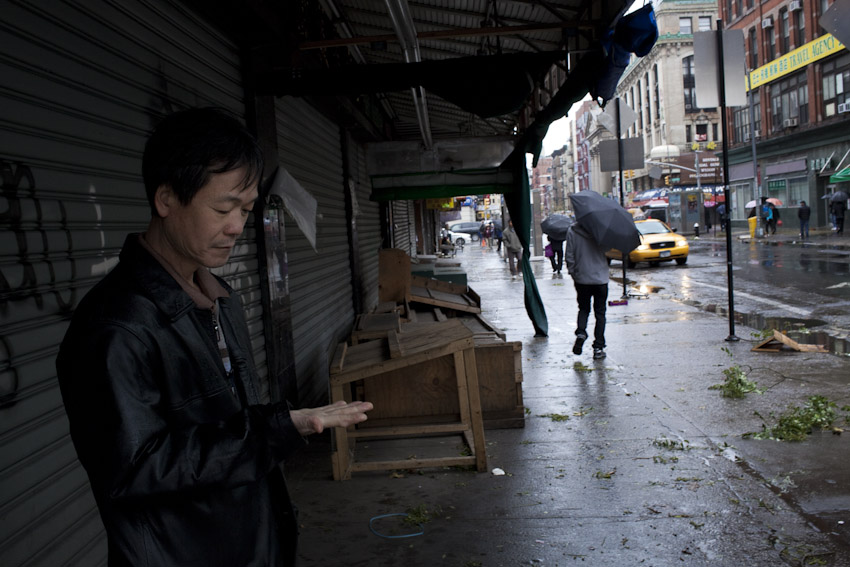
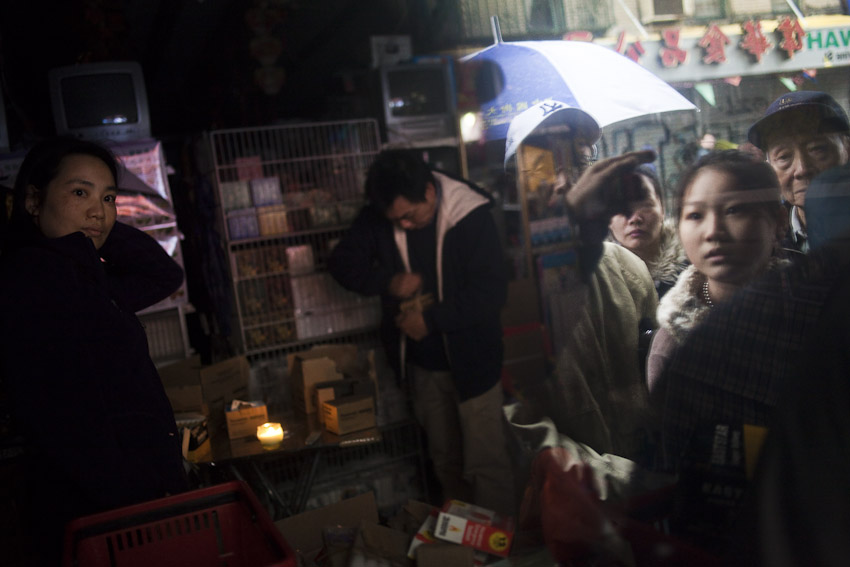

2) Chen, Ken. “Post Sandy, Day 4: Hester Street in Lower Manhattan – Open City Mag.” OpenCity Mag. N.p., 2 Nov. 2012. Web. 18 Feb. 2013. <http://opencitymag.com/after- hurricane-sandy-day-4-hester-street-in-lower-manhattan/>.
This blog post by Ken Chen discusses more of the organization of Committee Against Anti-Asian Violence and how they helped aid the people. CAAAV is described as “a longtime Chinatown community organizing group, outside their low-ceilinged headquarters at 46 Hester Street, which was currently lit only by a portable light hanging on a hook.” They offered many services such as distributing “electricity via free batteries and a cell phone charging station that charged more than 200 phones, thanks to a gas-powered generator.”
3) Wang, Chichi. “Serious Eats – Seriouseats.com.” Slurped: On the Streets of Chinatown, NYC after Hurricane Sandy. N.p., 1 Nov. 2012. Web. 18 Feb. 2013. <http://newyork.seriouseats.com/2012/11/chinatown-nyc-hurricane-sandy- report.html>.
An interesting blog post by Chichi Wang highlights a more personal account of what happened in Chinatown after the storm. It states “I came onto Canal Street from the west end. The sidewalk was mostly deserted except for a few stalls hawking baseball caps and gloves and I-Love-New-York shirts.” The writer walks the streets in Chinatown and describes the events and scenes in order to better understand the situation. It also wrote in the perspective of food with the food supplies before and the effect the storm took on restaurants, supermarkets, little shops, etc. The writer writes, “But there was no tofu that morning, only rice noodles and turnip cakes. They were sitting in refrigerators—no longer cold, but cool, the cakes perhaps made the day before.”

